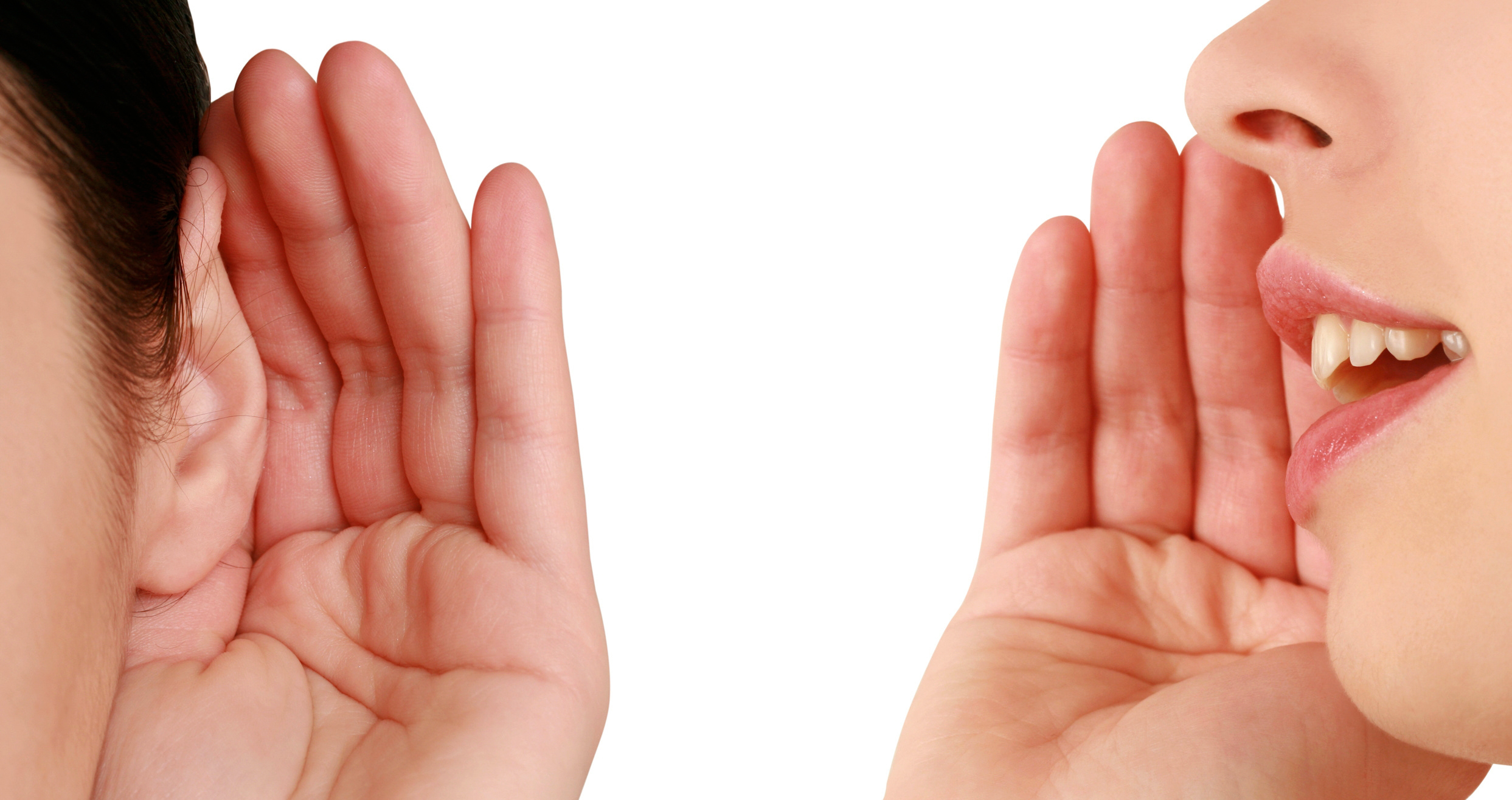Speech therapy is the health discipline that deals with the prevention, evaluation and treatment of language, speech, voice and swallowing disorders.
Methods of the 4 stages:
- High School: Articulation gymnastics psychotherapy.
- Instauration: It can be by imitation or mechanics, costodiaphragmatic respiration and articulatory position.
- Automation: Repetition of sound in syllables, words, sentences and paragraphs in both direct and inverse syllables.
- Differentiation: Discrimination of sound in different contexts.
Traditional method (1988)
Its objective is to form the auditory image of the phoneme through repetition and systematic feedback which contributes to the formation of a new dynamic stereotype (subject without difficulties in physical hearing), that is, when the auditory image of the child is formed, it will be in conditions to achieve the correct emission of the phone.
It consists of 2 stages:
Auditory training
- Isolated level: it is when the person is taught to focus auditorily on the correct pronunciation of the phone.
- Stimulation: The subject is exposed auditorily but constantly to the phoneme that is being worked on.
- Identification: It is taught to identify the main characteristics of the phoneme through signs, (to differentiate by comparison the similar sounds).
- Discrimination: Compare the right sound with the wrong one.
Production training:
- Work with isolated sounds: We work on tactile and proprioceptive analyzers, differentiating the sound in the word.
- Working with syllables: The correct pronunciation of the phone must be established.
Techniques for the production of sound:
- Progressive approach: the speech therapist makes the same mistake to teach the desired sound.
- Imitation: The two talk.
- Phonetic instruction: Make the subject aware from the point of view of the articulation.
Learn more about your health and well-being at Pharmamedic.






